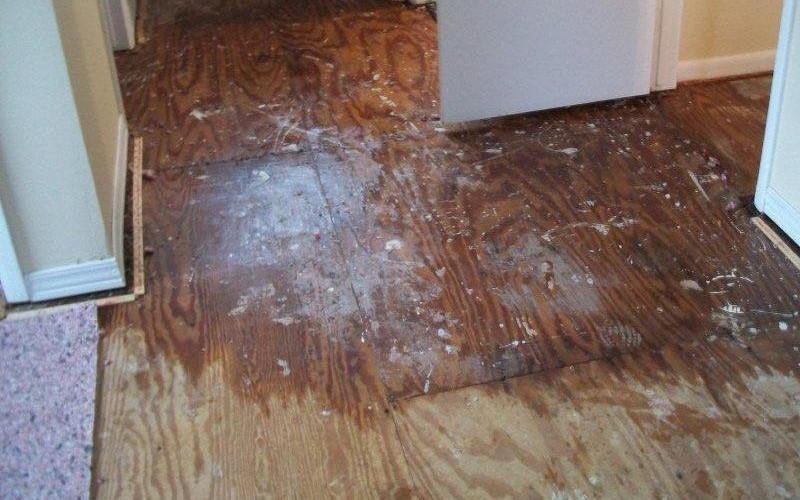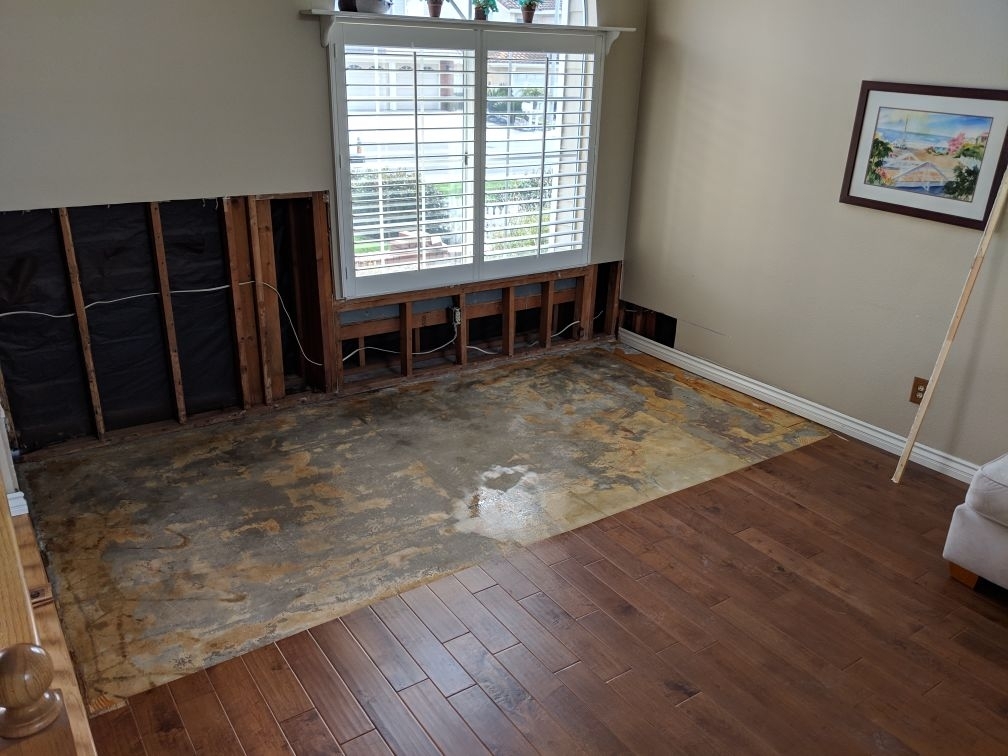6 Water Damage Restoration Do's and Don'ts.
6 Water Damage Restoration Do's and Don'ts.
Blog Article
Just how do you actually feel about Safety Tips To Prevent Fire And Water Damage?

Though water gives life, water invasion on parts where it's not meant to be can lead to damage. If the water saturates right into your structure, it can peel off away surface areas and also wear down the structure. Mold and also mold likewise thrive in a damp environment, which can be dangerous for your wellness. Homes with water damage smell mildewy and old.
Water can come from many resources such as typhoons, floodings, burst pipes, leakages, as well as drain concerns. In case you experience water damage, it would certainly be good to recognize some safety precautions. Right here are a few standards on exactly how to take care of water damage.
Do Prioritize Home Insurance Insurance Coverage
Water damage from flooding as a result of heavy winds is seasonal. You can also experience an unexpected flooding when a faulty pipeline all of a sudden bursts into your home. It would certainly be best to have home insurance that covers both disasters such as all-natural disasters, and emergency situations like busted plumbing.
Don't Neglect to Shut Off Utilities
In the event of a disaster, particularly if you stay in a flood-prone location, it would be advisable to switch off the main electrical circuit. This removes power to your entire house, preventing electrical shocks when water can be found in as it is a conductor. Furthermore, do not neglect to shut off the primary water line shutoff. When floodwaters are high, furnishings will walk around as well as cause damages. Having the main valve turned off prevents further damages.
Do Stay Proactive and Heed Climate Signals
Tornado floodings can be extremely unpredictable. Stay ready and also proactive if there is a background of flooding in your area. If you live near a lake, creek, or river , pay attention to discharge cautions. Get belongings from the first stage and cellar, then put them on the highest possible degree. Doing so decreases prospective residential or commercial property damages.
Do Not Overlook the Roof
You can avoid rain damage if there are no holes as well as leaks in your roof. This will certainly protect against water from flowing down your wall surfaces and soaking your ceiling.
Do Take Notice Of Small Leaks
A burst pipe doesn't happen overnight. Generally, there are warnings that show you have damaged pipelines in your home. You might discover gurgling paint, peeling off wallpaper, water touches, water discolorations, or trickling audios behind the walls. Ultimately, this pipe will burst. Preferably, you must not wait on points to intensify. Have your plumbing repaired before it results in substantial damages.
Do Not Panic in Case of a Burst Pipeline
When it comes to water damages, timing is key. Thus, if a pipeline bursts in your house, quickly shut off your major water valve to reduce off the resource. Call a reliable water damages reconstruction specialist for aid.
Water provides life, water invasion on components where it's not supposed to be can result in damages. Houses with water damages odor musty as well as old.
Water damage from flooding charges to hefty winds is seasonal. You may observe bubbling paint, peeling off wallpaper, water streaks, water discolorations, or dripping sounds behind the walls. When it comes to water damage, timing is essential.
Some Do's & Don't When Dealing with a Water Damage
DO:
Make sure the water source has been eliminated. Contact a plumber if needed. Turn off circuit breakers supplying electricity to wet areas and unplug any electronics that are on wet carpet or surfaces Remove small furniture items Remove as much excess water as possible by mopping or blotting; Use WHITE towels to blot wet carpeting Wipe water from wooden furniture after removing anything on it Remove and prop up wet upholstery cushions for even drying (check for any bleeding) Pin up curtains or furniture skirts if needed Place aluminum foil, saucers or wood blocks between furniture legs and wet carpet Turn on air conditioning for maximum drying in winter and open windows in the summer Open any drawers and cabinets affected for complete drying but do not force them open Remove any valuable art objects or paintings to a safe, dry place Open any suitcases or luggage that may have been affected to dry, preferably in sunlight Hang any fur or leather goods to dry at room temperature Punch small holes in sagging ceilings to relieve trapped water (don't forget to place pans beneath!); however, if the ceiling is sagging extremely low, stay out of the room and we'll take care of it DO NOT:
Leave wet fabrics in place; dry them as soon as possible Leave books, magazines or any other colored items on wet carpets or floor Use your household vacuum to remove water Use TV's or other electronics/appliances while standing on wet carpets or floors; especially not on wet concrete floors Turn on ceiling fixtures if the ceiling is wet Turn your heat up, unless instructed otherwise

I found that piece on What You Can Do At Home To Prevent Fire And Water Damage while browsing on the internet. You should take the opportunity to distribute this content if you appreciated it. Thank you for your time. Kindly visit our site back soon.
Report this page